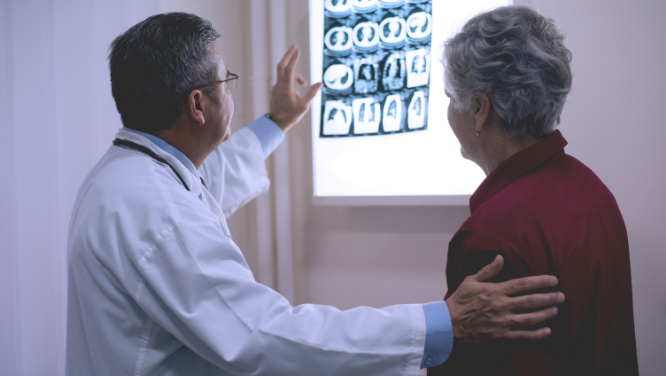Microsurgery
Microsurgery
Microsurgery refers to very small and precise surgical procedures typically performed under a microscope. This technique is commonly used for procedures requiring work in very small and complex areas of the human body (such as vessels, nerves, and other very fine structures). It is frequently used to repair organ loss due to cancer surgery, trauma, or other burns.
A microsurgeon transfers tissue from another part of the body (sometimes referred to as the "donor site") to the damaged area to reconstruct the function and appearance of tissues. This tissue graft can come from skin, muscle, fat, nerves, and bones. Microsurgery involves meticulously connecting vessels and nerves to adapt these tissue fragments to their new positions.
Examples of microsurgery techniques include breast reconstruction, facial transplants, and repair of complex hand injuries.
Microsurgery enables the repair or reconstruction of tissues in various conditions. Some examples include:
- Cancer Treatments: Reconstructive microsurgery can recreate body parts by grafting tissue from donor sites after cancerous tissue has been removed.
- Post-Trauma Repairs: Used to replace lost or damaged tissues following an accident or injury.
- Burn Treatment: Applied in the treatment of wounds from deep burns and in the process of reshaping the affected areas of the body.
- Hand Surgery: Microsurgery can be used to treat severe hand injuries or lacerations. Nerve and vessel grafts from donor sites may be used to achieve good function and appearance.
- Facial and Head Surgery: When large areas of the face and head are damaged or missing due to various reasons, microsurgery can fill these gaps with skin and other tissues transplanted from donor sites.
- Complete Hand and Face Transplants: In cases where an entire hand or face is lost due to severe injury, disease, or anomalies, microsurgery can transfer these anatomical structures from a donor to the recipient.
- Breast Reconstruction: Breast reconstructions following mastectomy can be performed using reconstructive microsurgery.
These are just a few examples of conditions where microsurgery can be applied. Its primary use involves the repair and reconstruction of tissues and structures. Since each patient's condition is unique, interventions are specially planned and executed according to each individual's needs. Microsurgery training is a long and arduous process, requiring serious effort to gain expertise due to its extensive learning curve.
Esthetic - Plastic and Reconstructive Surgery
MD. Surgeon Serdar Düzgün

We listen to your opinions and suggestions to further enhance our service quality.

You can fill out the form to get a second doctor's opinion on the results of your tests, the diagnosis of your illness, and the treatment options we offer you.

You can receive the healthcare services you need at your home. Please fill out the form for home healthcare services.
Featured Articles
- 6 Nutrition Tips for Those Who Fast
- What is Disease X (Virus X)?
- How Does Cancer Form?
- What is an Ovarian Cyst?
- What is Cervical Cancer?
- What Are the Symptoms and Treatment Methods of Testicular Cancer?
- Symptoms, Diagnosis, and Treatment Process of Bladder Cancer
- Liver Cancer
- What is Stomach Cancer? What are Its Symptoms and Treatment?
- Thyroid: What is it, Symptoms, Diagnosis, and Treatment






